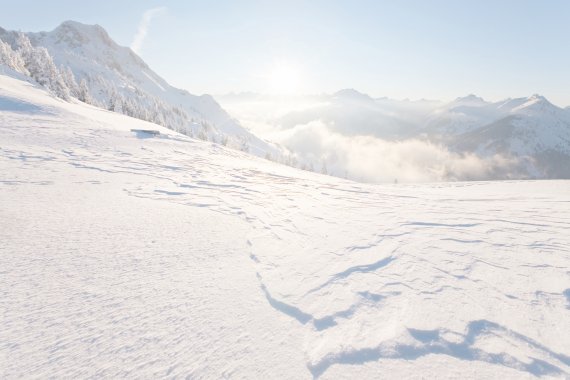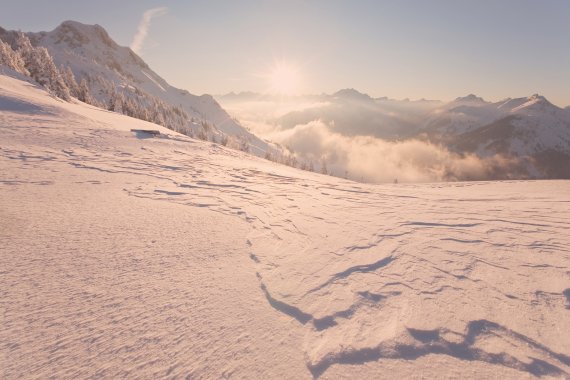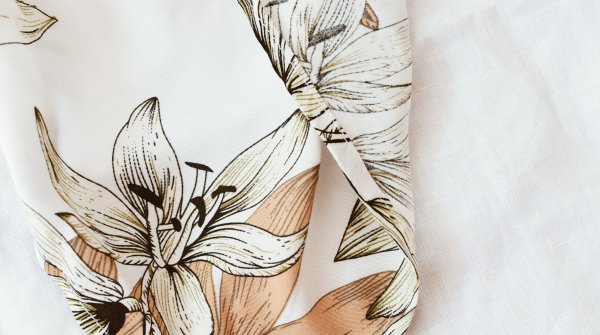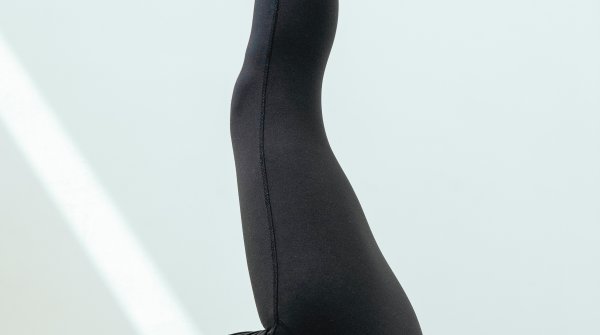
Ski goggles have been around since the 1960s and are the longest established part of safety equipment, that today also includes ski helmets and back protectors. Despite their long existence, the development of goggles has not yet come to an end. The widest possible field of vision or windscreen replacement systems are topics in which manufacturers have made just as much progress in recent years as they have made with windscreens with automatic tinting and adaptation to lighting conditions. The perfect fit of the ski goggles in ideal interplay with the ski helmet has always been the focus of German manufacturer Alpina, and has been further optimized in the new collection, too.
At ISPO Munich 2019, Alpina is now presenting lenses with the innovative QHM technology, which represents a decisive step towards greater contrast enhancement. "QHM" stands for "Quattroflex Hicon Mirror", which combines three proven Alpina technologies for the first time. The outer lens is equipped with Quattroflex, a reduced polarizing filter in Ruby Red. It minimizes reflections.
It also provides additional contrast optimization. According to Alpina, the orange Hicon filter in the inner lens increases visual comfort for the eyes and enhances contrast. Depending on the thickness of the mirror, the "mirror" coating on the outer pane also covers a range from S0 to S4 for light shade protection. Thus the reflection defines the field of application under different weather conditions. Alpina states that thanks to QHM, they can now offer the "most contrast-enhancing glasses on the market".
Christian Stecher, product manager for ski goggles at Alpina, explained the new technology in an interview.
Alpina's New Helmets and Ski Goggles in Pictures
The QHM technology offers the best visibility even in sunny weather. The Ruby Red outer lens in combination with the orange tinted inner lens and a mirror provides a higher level of darkening. The light shade caused by sun rays is additionally reduced by the mirroring.
Good contrasts enable relaxed vision. Skiers can recognize contours of the ski area and the ski slope much better and react faster to them.

Our specially colored Ruby-Red lens with reduced polarizing filter almost completely eliminates stray light. This makes the contours visible via color feedback. Irregularities and icy surfaces are made visible on the piste and can be detected much earlier and faster by the athlete. Our Ruby-Red outer lens in combination with our special orange Hicon inner lens offers the best contrast enhancement in combination. The ideal color blends result in fantastic maximum brightness and excellent contrast vision.

A pure polarizing filter completely reduces light shade and makes the slope "smooth". Unevenness or icy surfaces are no longer so well detected and made "visible". This even leads to a higher risk for the skier.
Hicon extends the skier's ability to concentrate. This means faster response and thus improved performance and safety. In addition, the optic nerves are not overstrained. An only reduced blue attenuator ensures that the optic nerves and the brain are not overloaded even during prolonged use.
The additional light shade protection of the mirror coating provides a better perception of the surrounding details and a pleasant and relaxed vision.
The level of protection should depend on the requirements. However, we recommend a protection level in the middle range, which stands for a larger spectrum and area of application. Lenses that are too dark are only recommended in very good weather conditions. In more diffuse lighting conditions, the contrasts and the surroundings can no longer be correctly recognized if the lenses are too dark.
- ISPO awards
- Mountain sports
- Bike
- Design
- Retail
- Fitness
- Health
- ISPO Job Market
- ISPO Munich
- ISPO Shanghai
- Running
- Brands
- Sustainability
- Olympia
- OutDoor
- Promotion
- Sports Business
- ISPO Textrends
- Triathlon
- Water sports
- Winter sports
- eSports
- SportsTech
- OutDoor by ISPO
- Heroes
- Transformation
- Sport Fashion
- Urban Culture
- Challenges of a CEO
- Trade fairs
- Sports
- Find the Balance
- Product reviews
- Newsletter Exclusive Area
- Magazine














